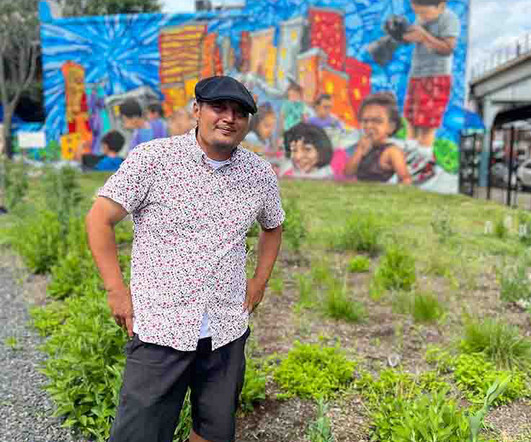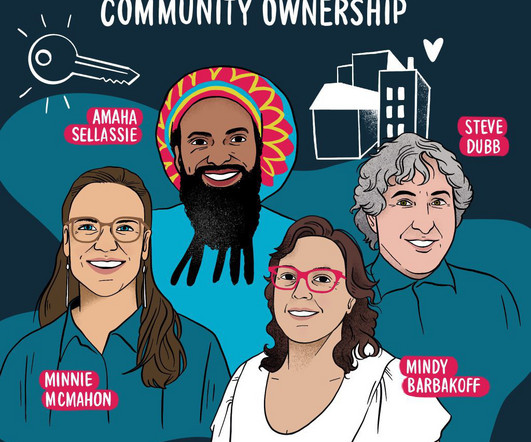How Guarantees Can Advance Community Development and Racial Equity
NonProfit Quarterly
JUNE 14, 2023
At the same time, many community development nonprofits face challenges in securing the capital needed to carry out their core missions and, importantly, to test new ideas and strategies. While common in some sectors like housing finance, these guarantees have typically been issued by public entities, not by philanthropy.





















Let's personalize your content